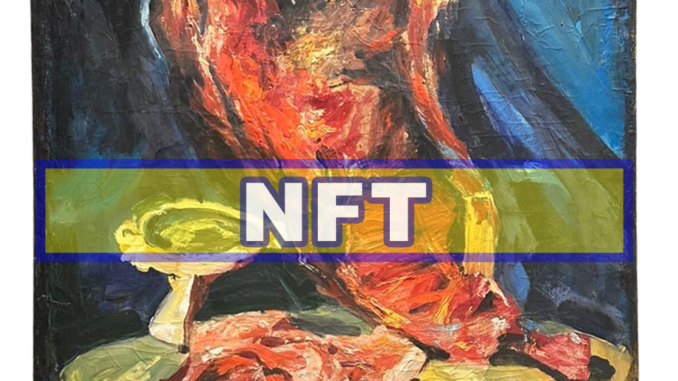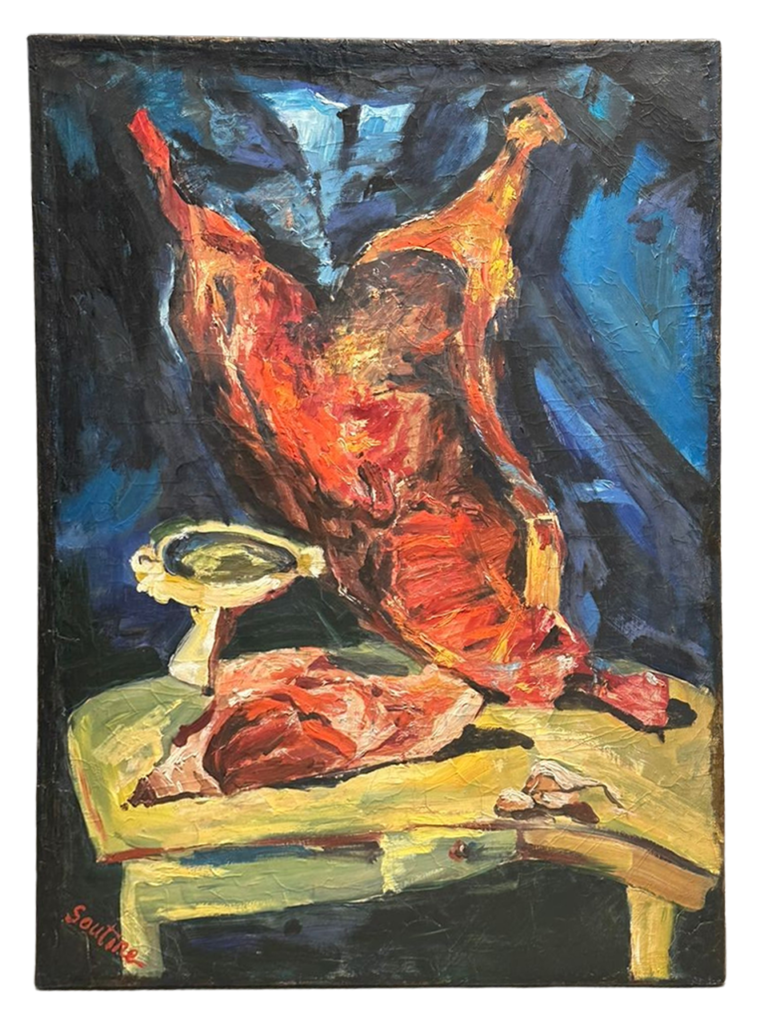
In an era where the digital and tangible realms increasingly intertwine, the art world finds itself at a pivotal junction. The rise of Non-Fungible Tokens (NFTs) has ushered in new paradigms for ownership and distribution of artwork, sparking both awe and controversy. At the intersection of old-world charm and digital innovation lies the intriguing tale of Michel Marciano and his Chaïm Soutine masterpiece, “Beef Carcass.” This narrative delves into the complexities faced by traditional art collectors amidst the digital age’s evolving landscape.

Who is Michelle Marciano?
Behind every great work of art often stands an equally fascinating owner. Michelle Marciano, a Jewish businessman known for his sharpness in the real estate and business world, has become the latest guardian of “Beef Carcass”. His decision to acquire this emblematic piece by Soutine raises questions as profound as the painting itself.
The Acquisition by Michelle Marciano
The acquisition of “Beef Carcass” by Marciano is unlike any other. Conducted as part of a complex real estate transaction, this bold move flew under the radar of fraud repression units and tax authorities. This skillful maneuver, though shrouded in discretion, highlights Marciano’s desire to preserve the painting as a personal treasure, away from potential complications and the public spotlight of the art market.
Michel Marciano and the NFT Transformation Offer
Michel Marciano, a respected businessman with a discerning eye for significant artworks, encountered a groundbreaking proposition: to transform “Beef Carcass,” an original painting by Chaïm Soutine, into an NFT for a staggering sum of $3.9 million. This offer was not merely a substantial financial opportunity but also marked a potential shift toward the new era of digital art ownership.
The NFT Proposition
NFTs, which represent verifiable ownership of a unique digital item on the blockchain, have captivated creators, collectors, and investors alike. The proposal to Marciano was to encapsulate the essence and exclusivity of “Beef Carcass” in a digital format, thereby preserving its uniqueness while making it accessible in a virtual realm. This process would allow the painting to reach a global audience, transcending the physical limitations of traditional galleries and museums.
Payment in Bitcoin
Perhaps the most avant-garde aspect of the offer was the proposed payment method: Bitcoin (BTC), the most well-known and widely used virtual currency in the blockchain world. Payment in BTC symbolized a complete break from traditional financial transactions, offering increased security, transparency, and efficiency through blockchain technology.
Marciano’s Refusal
Despite the apparent advantages and the hefty sum on the table, Michel Marciano chose to decline the offer. His hesitation was rooted in a mistrust of virtual currencies, which he perceived as volatile and insufficiently tested for transactions of this magnitude. Marciano, with his traditional approach to art collection, valued the tangibility and physical history of artworks, aspects he believed to be lost in the transition to digital.
Conclusion: Tradition vs. Innovation in the Art World
The story of Michel Marciano and “Beef Carcass” underscores the growing tension between traditional art collection methods and the new frontiers opened by blockchain technology and NFTs. While NFTs present unprecedented opportunities for the dissemination and monetization of artwork, they also raise questions about value, permanence, and authenticity in the digital realm.
For collectors like Marciano, who place great importance on the legacy and materiality of art, venturing into the world of NFTs may seem premature. However, as technology evolves and society continues to navigate this new digital era, the barriers between traditional and digital art may begin to blur, paving the way for new forms of art appreciation and valuation.



